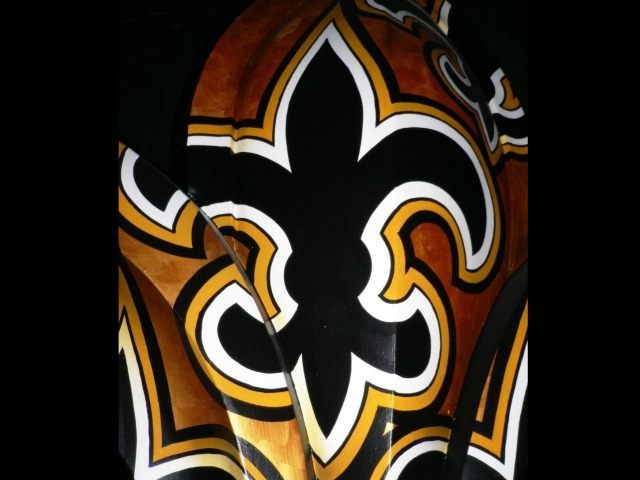Now that the Confederate flag has been used as an excuse to eviscerate the history of the South, others are looking to destroy more symbols that are part of the region’s history, including Louisiana’s fleur-de-lis.
At a meeting of the New Orleans City Council on Thursday, which was open to the public, Rudy Mills, head of the grassroots group Remove Racist Images, spoke in favor of removing the fleur-de-lis symbol, asserting, “Check the history. It’s also a very racist symbol.” In late June, speaking at a rally, he intoned, “The rally is to start a movement to remove all the racist images that surround our city.”
New Orleans Mayor Mitch Landrieu said at the City Council meeting, “New Orleans is a place where the original vision of America rings authentic and true, that all men are created equal. However, make no mistake, these statues and symbols that reflect the opposite of our shared American values have no place where they are today.”
The ubiquitous fleur-de-lis, seen on Louisiana’s state flag, architecture, and the helmets of the NFL’s New Orleans Saints, has a bitter history in the state. As slave historian Dr. Ibrahima Seck pointed out, the branding of black slaves with the fleur-de-lis was part of the black code adopted in 1724 in Louisiana, called the “Code Noir,” that was based on a French code found in colonies across the world.
Seck explained to WWLTV, “He would be taken before a tribunal or court and the sentence would be being branded on one shoulder and with the fleur-de-lis, and then they would crop their ears,” adding that if a slave made a second attempt to escape, a second fleur-de-lis would be burned and the slave’s hamstrings would be cut.
Tulane history professor Terence Fitzmorris told WWLTV that despite the use of the fleur-de-lis as a mark of supremacy, it should not be compared to the Confederate flag. He said, “The fleur-de-lis was the symbol of a monarchy. The United States of America was a slave-holding republic, not just the south or the Confederacy. Where do you stop? Do you get rid of all symbols?”
Seck agreed with Fitzmorris, asserting that the symbol has been seen as a sign of unity in New Orleans.

COMMENTS
Please let us know if you're having issues with commenting.